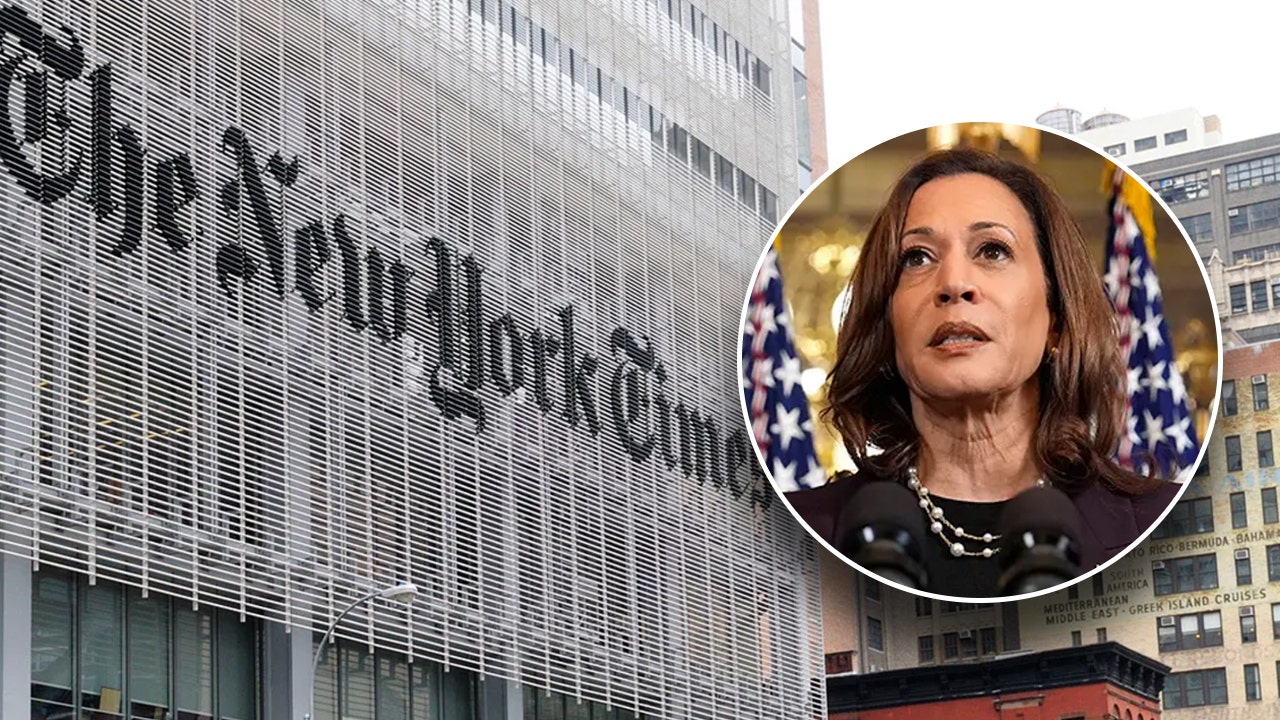Higher prices are pretty easy to detect at the grocery store, gas pump, and in your energy bill each month. But a surprising form of price inflation has recently taken over the home insurance industry, leaving it scrambling.
Here’s a summary of the big picture:
Since late 2022, seven of the 12 largest home insurance companies in California have either completely paused or greatly limited new home insurance applications, destabilizing the insurance market.
Inflation has affected everything from the cost of a dozen eggs to airline tickets and, most relevant to home insurance, the cost of rebuilding materials like wood and shingles. From January 2019 to June 2023, the producer price of construction materials increased by nearly 40 percent.
If the price of materials used to rebuild homes after a disaster weren’t bad enough, following are three ways that things have gotten even crazier.
#1: 50% price hike for homeowners’ insurance
Take your current home insurance policy premium and tack on an extra 50%. That’s what some insurers are seeking in Florida, thanks in part to nagging Bidenflation:
Inflation and increased claims are joining together to make Florida’s homeowners face huge premium jumps. Two of the state’s private insurance companies have just applied to increase premiums by over 50%.
According to HBKS Wealth Advisors, inflation is one of a few primary causes:
This surge in insurance premiums is primarily driven by various factors including severe weather events, inflation, insurance fraud, excessive litigation, and changes in reinsurance rates.
Insurance Business Magazine listed five states where some premiums are beginning to get out of hand as of 2023, thanks in part to inflationary factors:
- Florida: 68% ($1,127 to $1,896)
- New Mexico: 47% ($855 to $1,255)
- Colorado: 46% ($1,390 to $2,031)
- Idaho: 46% ($552 to $804)
- Texas: 46% ($1,471 to $2,141)
But these five states aren’t the only states suffering from inflationary pressures in the home insurance industry.
In fact, in California, it appears you could be lucky to insure your home at all.
#2: Rising costs drive insurance companies away
CBS News reported trouble at State Farm Insurance and discontinuation of thousands of policies:
State Farm will discontinue coverage for 72,000 houses and apartments in California starting this summer, the insurance giant said this week, nine months after announcing it wouldn’t issue new home policies in the state.
The company also said continuing price inflation was one of the main factors:
This decision was not made lightly and only after careful analysis of State Farm General’s financial health, which continues to be impacted by inflation, catastrophe exposure, reinsurance costs, and the limitations of working within decades-old insurance regulations…
Unfortunately, the insurance industry problems don’t stop there because Allstate has also joined State Farm in limiting the business it will accept.
In fact…
#3: Insurance unavailable at any price
CBS News reported that Allstate executives are throwing in the towel:
Allstate, one of the nation’s largest insurance companies, has joined State Farm in deciding to halt sales of property and casualty coverage to new customers in California, saying it’s too pricey to underwrite policies in the state.
“The cost to insure new home customers in California is far higher than the price they would pay for policies due to wildfires, higher costs for repairing homes, and higher reinsurance premiums.”
We usually think of inflation at the grocery store or the gas station. Those are the transactions most of us make most frequently during our everyday lives.
But inflation doesn’t have boundaries.
Currency devaluation drives prices higher across the board. For example, since January 2021, manufacturing costs have surged in unexpected places:
- Plastic water piping: +91%
- Cement and concrete: +36%
- Steel pipe and tubing: +35%
- Asphalt: +24%
- Copper wire and cable: +13%
Obviously these costs drive up prices on finished products… And it’s not just commodities or manufactured goods that have soared in price! Again, since January 2021, prices have risen:
- Car insurance: +17%
- Garbage collection: +23%
- Hotel accommodations: +35%
Note: I’m not cherry-picking numbers here! I’m just randomly picking industries from the St. Louis Federal Reserve Producer Price Indexes data. Click around and see for yourself.
Here’s my point: Inflation drives up prices on everything. Not evenly, though – it makes no sense that cement prices would rise 3x more than the price of copper wires. Regardless, insurance companies are suddenly on the hook for a lot more money than they thought. And they’re making the rational economic decision to walk away from unprofitable customer segments.
And it’s not just the insurance companies that bear the burden of these increased costs, homeowners do too, especially if they are paying inflated insurance premiums and higher costs for building materials.
This sort of widespread economic disruption is exactly why price stability is the absolute core of the Federal Reserve’s mission. They exist to keep things like this from happening…
But they didn’t. So here we are.
That’s Bidenomics in action!
Even when you can’t insure your home, you can ensure your financial future
The economy sure appears to be in shock, reeling from years of persistently high consumer and producer prices. Inflation is still robbing you blind.
So if you’re looking for one alternative asset that can help “insure” your retirement savings’ buying power going forward, then consider the following…
Physical precious metals like gold have historically provided an inflation-resistant store of value. That means they could bolster your retirement savings, even while home insurance companies are trying to sort out higher costs.
You can get the rest of the story about the advantages of diversifying with precious metals like gold and silver in our free information kit (updated for 2024!).
_______________
Phillip Patrick is Birch Gold Group’s primary spokesman and educator. He was born in London and earned a politics and international relations degree at the prestigious University of Redding in Berkshire, England. Growing up in London, he saw the risks of government overreach and socialist policies first-hand. He spent years as a private wealth manager at Citigroup on Lombard Street (the Wall Street of London). He joined Birch Gold Group as a Precious Metals Specialist in 2012.
© 2024 Newsmax Finance. All rights reserved.
Read the full article here





